Messina stands at the edge of Sicily, greeting travelers as the island’s historic gateway. I fell head over heels for this coastal city on my first visit, where ancient history collides with those Mediterranean views that just don’t quit.
You can’t really miss the city’s most impressive attraction: the world’s largest astronomical clock. It towers over Piazza Duomo, putting on a wild mechanical show every day that leaves people gaping.
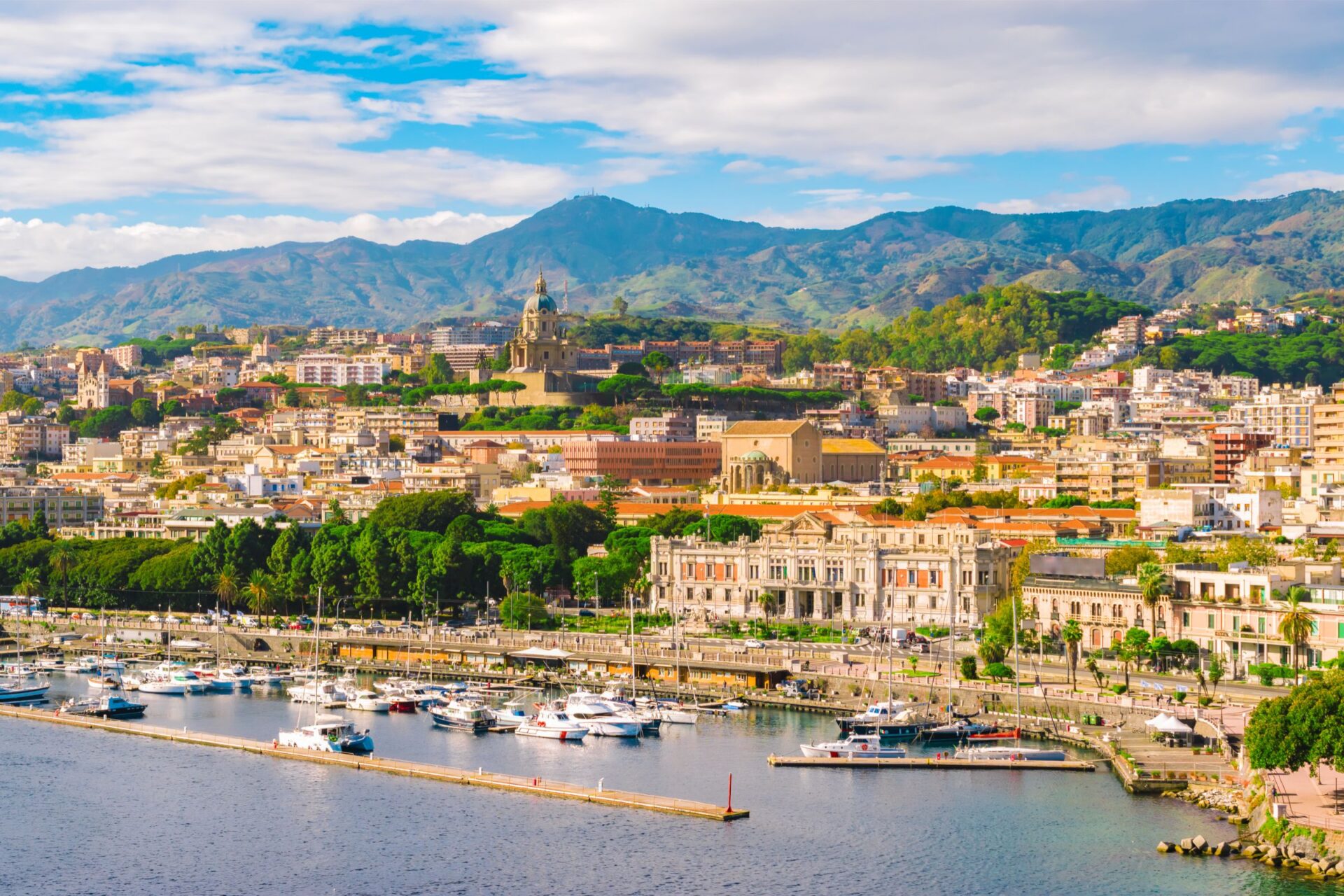
When you cross the narrow Strait of Messina from the mainland, you’re retracing the paths of countless merchants and conquerors from ancient times. Messina’s strategic spot made it a crossroads for Mediterranean civilizations.
Today, the city still welcomes newcomers with open arms. Its treasures, especially that famous clock tower, give the place a unique charm.
The astronomical clock, crafted by the Ungerer Company in 1933, is so much more than a timepiece. It’s a mechanical theater that mesmerizes everyone who sees it. If you can, time your visit to catch the daily animation—golden figures emerge and tell tales from Messina’s past. It’s a fantastic way to kick off your exploration of this underrated Sicilian city, where history and artistry come together in surprising ways.
Messina: The Historic Gateway to Sicily
Messina perches at Sicily’s northeastern tip, right where the narrow strait separates the island from the mainland. This spot has made Messina a crucial crossroads for thousands of years.
Ancient Roots and Greek Influence
Messina’s Greek heritage is everywhere. Greek colonists founded the city around 730 BCE, calling it “Zancle” because of its sickle-shaped harbor.
Even today, you can sense the Hellenic echoes as you wander the streets.
The Greeks didn’t just settle—they built temples, started farming, and brought olives to the region. Those groves still shape the landscape.
In 288 BCE, Greek mercenaries took over and changed the name to Messana. That Greek influence lingers in everything, from the architecture to the food. It’s a blend that feels both familiar and distinctly Sicilian.
Roman Rule and Medieval Shifts
The Romans stormed in during the First Punic War in 264 BCE. They saw Messina’s strategic value right away and turned it into a key naval base and port.

Image Source: Flickr
Under Roman rule, Messina thrived. They built aqueducts, public baths, and expanded the harbor. The city became a vital supply point for Roman military campaigns.
After Rome fell, Messina passed through Byzantine, Arab, and Norman hands. Each left something behind. The Normans, for example, built churches and fortifications that still impress me every time I visit.
Strategic Port City and Ferry Hub
Messina still acts as Sicily’s gateway, with more than 10 million travelers moving through every year. The port welcomes massive cruise ships and serves as the main ferry connection to mainland Italy.
The Strait of Messina is only about three kilometers wide at its narrowest point. Standing at the harbor, I often watch ferries shuttling back and forth—just as they’ve done for centuries.
Ships from around the world dock here. The maritime atmosphere is hard to miss—sailors, fishermen, and travelers keep things lively along the waterfront.
For people like me, Messina offers a special sense of arrival. Whether you’re stepping off a ferry from Calabria or disembarking from a cruise, the city makes a great first impression.

The Majestic Cathedral and Piazza del Duomo
Messina’s heart beats in the Cathedral and its Piazza del Duomo. These landmarks have survived earthquakes and rebuilds, but they still hold onto their historical weight.
Unveiling the Cathedral’s History
The Cathedral of Messina, officially called Basilica Cattedrale di Santa Maria Assunta, shows off Sicilian Norman architecture at its best.
Even after all it’s been through, the building keeps its medieval soul.
The 1908 earthquake nearly wiped out Messina, and the cathedral took a hard hit. Walking inside, I could sense the resilience—this place has been rebuilt more than once.
Inside, you’ll find artworks and religious relics that reveal Messina’s past. The design mixes Norman, Gothic, and Renaissance touches in a way that feels uniquely Sicilian.
The bell tower attached to the cathedral holds the famous astronomical clock, making this spot even more worth a visit.

Exploring Piazza del Duomo
Piazza del Duomo buzzes with life and energy. I lost track of time just people-watching and soaking up the architecture in this lively square.
You get awesome photo ops here—panoramic views of the cathedral and the astronomical clock tower. I lucked out and caught the clock’s noon show, when bronze figures start moving.
The Orion Fountain (Fontana di Orione) stands out in the square. Giovanni Angelo Montorsoli created this Baroque masterpiece in the 16th century, and it shows Orion, the mythical founder of Messina.
Cafés and restaurants line the piazza. I grabbed some Sicilian treats and just let the atmosphere wash over me. The place really comes alive in the evening, when locals gather for their passeggiata.
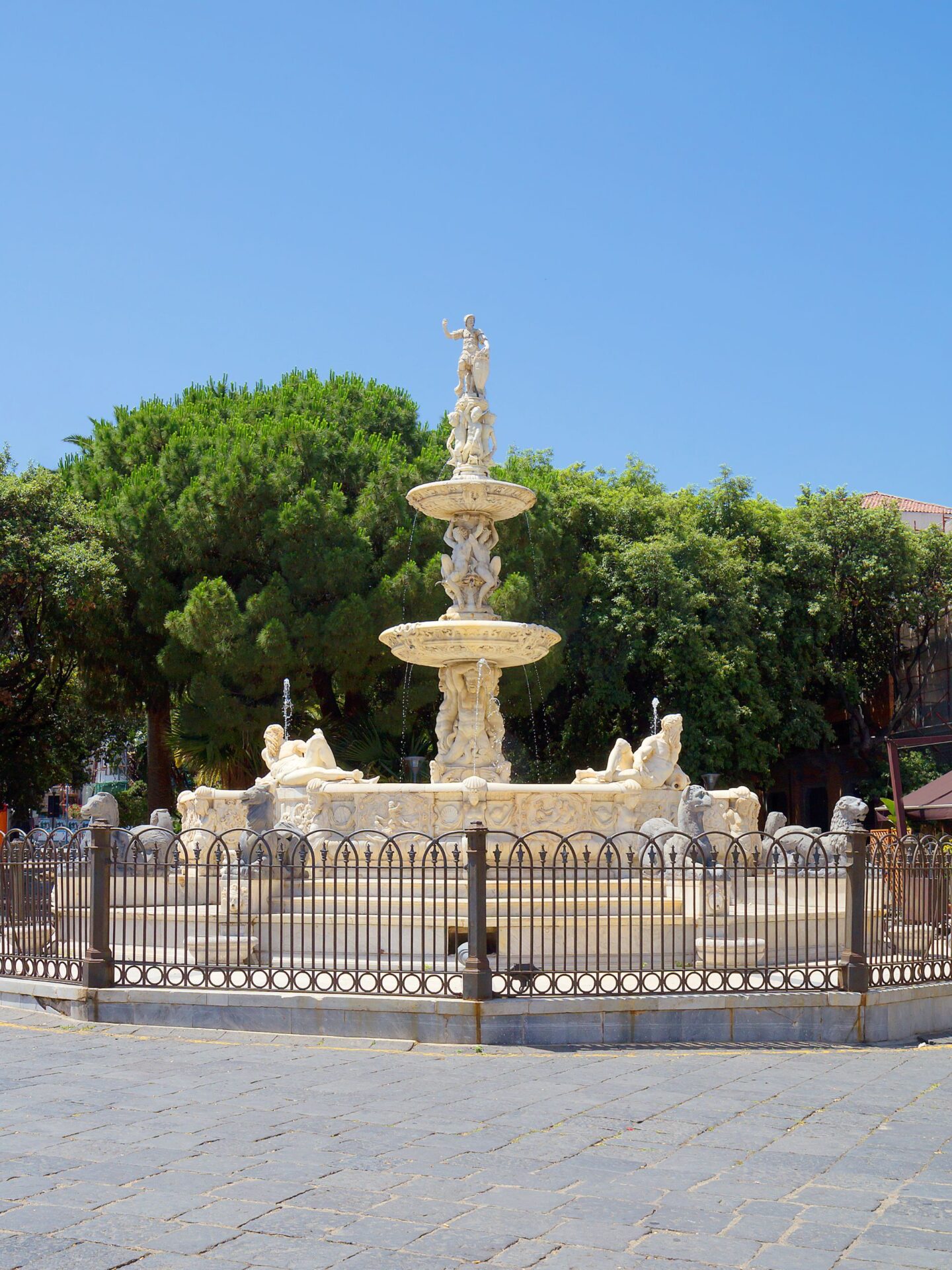
The Iconic Astronomical Clock and Bell Tower
Messina’s astronomical clock stands tall in Piazza del Duomo. People come from all over to see it, and honestly, it’s easy to see why.
This isn’t just any clock—it’s probably the largest and most complex mechanical and astronomical clock you’ll ever see.
Inside the World’s Largest Astronomical Clock
The first time I visited Messina’s bell tower, I just stared up at this astronomical marvel. The Ungerer Company of Strasbourg built it in 1933, and they integrated it right into the cathedral’s campanile.
The clock does more than tell time. It tracks the planets, zodiac signs, and the moon’s phases. All those intricate gears work together, showing off centuries of astronomical knowledge.
What really gets me is how beautiful and functional it is. The detailed dial shows where the planets and stars are, helping you imagine how ancient people used the sky to mark time.

Mechanical Marvels and Daily Show
Noon is when the magic happens. Crowds gather in the piazza, everyone craning their necks as the clock gears up for its daily show.
When the clock strikes 12, the spectacle begins. Golden statues leap to life. A bronze lion roars, a rooster crows, and biblical figures parade by in a show that lasts over 12 minutes.
These mechanical figures tell stories from Messina’s history and religious traditions. The whole performance runs on a system of gears and counterweights that’s kept engineers and curious visitors fascinated for decades.
If you want a good spot, show up early. People love to record the performance, but honestly, you have to see it in person to feel that sense of wonder.
Resilience Through Tragedy: Earthquakes and Wars
Messina’s history is full of comebacks. The city has survived disasters and war, always managing to rebuild and keep its role as Sicily’s gateway.
The Impact of the 1908 Earthquake
The 1908 earthquake was brutal. On December 28th, a 7.1 magnitude quake hit, followed by a tsunami. Almost all of Messina’s buildings collapsed, and more than 70,000 people died.
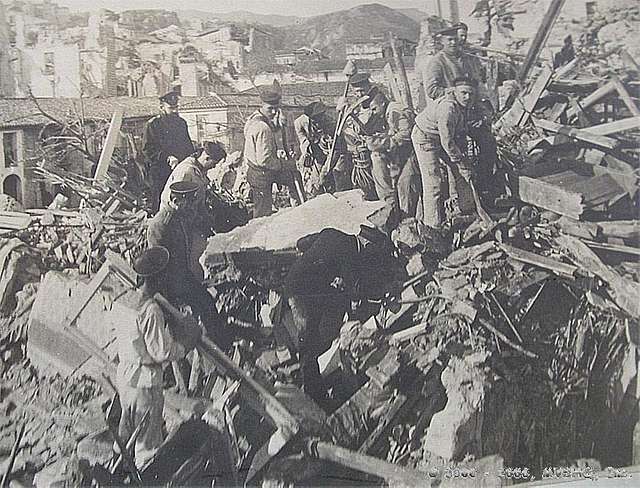
Learning about the earthquake’s impact on Messina’s architecture floored me. The cathedral and bell tower didn’t make it through. Most buildings you see today date from after 1908, since the whole city had to start over.
Rebuilding took massive effort. The new city layout features wider streets and anti-seismic designs, which you’ll notice if you wander the center.
Messina in World War Two
World War Two brought more destruction. Messina’s spot at Sicily’s northeastern tip made it a military target. Allied bombing campaigns hit the city hard, aiming to disrupt Axis supply lines.
The port facilities and transport networks took the brunt of it because Messina connected Sicily to mainland Italy.
In 1943, Messina was the last Sicilian city the Allies captured during Operation Husky. German troops managed to retreat across the Strait before the Allies could stop them.
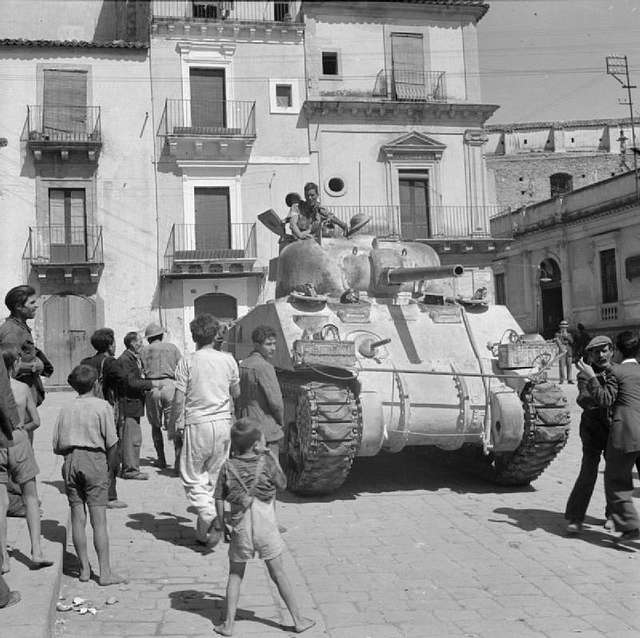
After the war, Messina rebuilt yet again. They restored the astronomical clock in the cathedral’s bell tower, so you can still catch its noon performance. It’s one of the world’s most intricate mechanical clocks.
Exploring Messina’s Vibrant Surroundings
Messina is a great jumping-off point for discovering Sicily. The area is packed with historic towns, volcanic landscapes, and island adventures.
Beyond the City: Taormina, Catania, and Milazzo
Taormina is just a short drive south, and honestly, it’s magical. The town sits on a cliff with views of the Mediterranean and Mount Etna from its ancient Greek Theater.
Strolling down Corso Umberto, I found charming shops, cafés, and the gorgeous Piazza IX Aprile.
Catania, Sicily’s second-largest city, stands out with its architecture built from volcanic stone. The morning fish market (La Pescheria) buzzes with energy. Definitely check out the elephant statue in Piazza Duomo—it’s the city’s symbol.
Milazzo, about 40 minutes from Messina, is your gateway to the Aeolian Islands. Before hopping on a ferry, I explored the medieval castle and grabbed fresh seafood by the water. The beaches here are quieter than you’d expect.

Nature and Adventure: Aeolian Islands and Mount Etna
The Aeolian Islands feel like another world. Lipari has whitewashed buildings, and Stromboli’s volcano lights up the night sky. Each island has its own vibe, so I’d suggest island-hopping to:
- Vulcano: Mud baths and a smoking crater
- Panarea: The smallest island, but packed with chic boutiques and lovely beaches
- Salina: Twin volcanic peaks and sweet Malvasia wine
Mount Etna, Europe’s largest active volcano, offers adventures year-round. I hiked along lunar landscapes and black lava fields with a guide. In winter, you can even ski while gazing at the Mediterranean—how wild is that?
From Calabria to the Amalfi Coast
I crossed the Strait of Messina into Calabria. In Reggio Calabria, I checked out the famous Riace Bronzes at the National Archaeological Museum.
The Calabrian coastline surprised me with pristine beaches and hardly any crowds. Honestly, I wondered why more people don’t talk about this spot.
Looking for a longer adventure, I headed north toward the Amalfi Coast. That drive? It’s something else—charming fishing villages popped up along winding coastal roads, and I kept wanting to stop for photos.
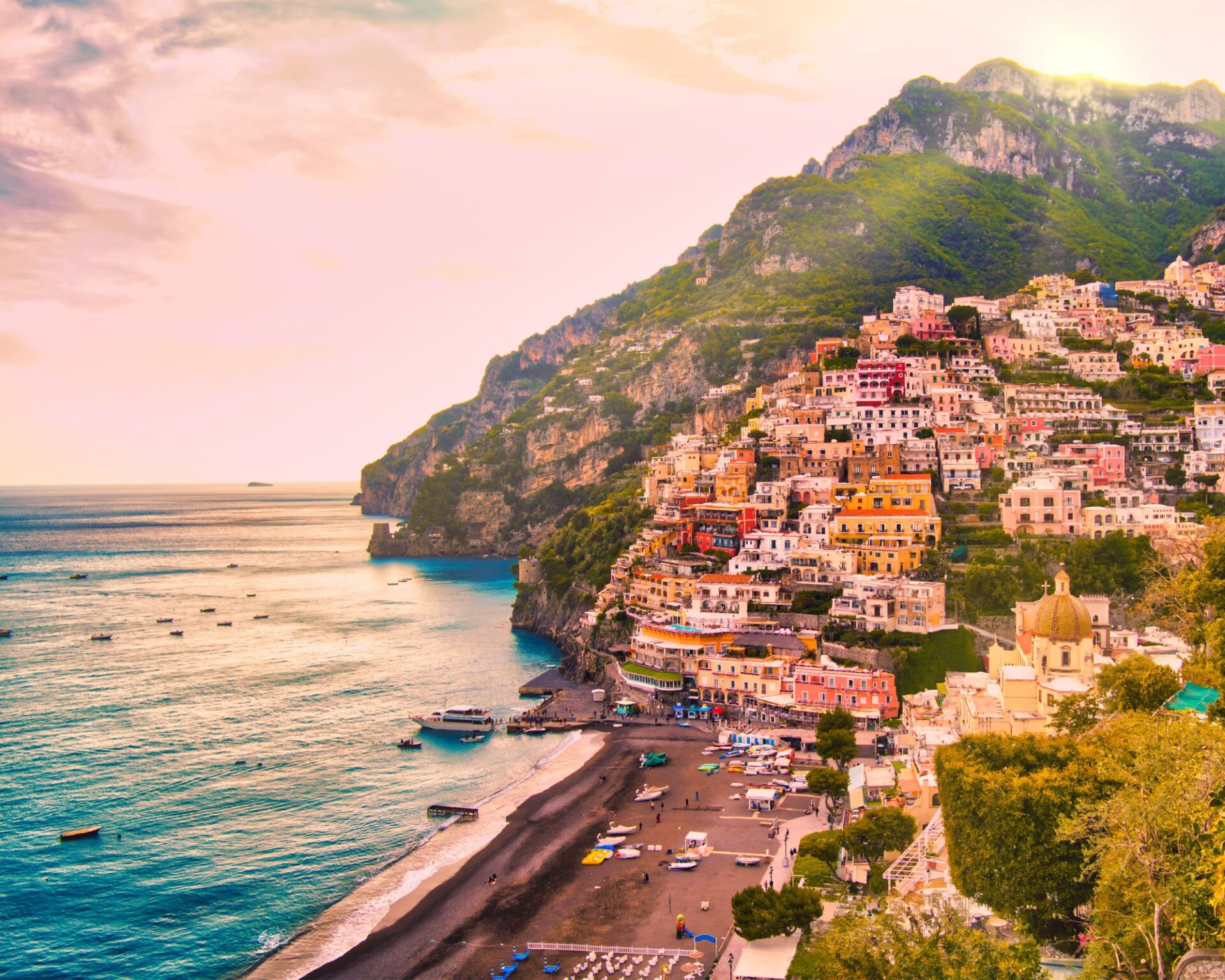
When I reached Positano, those colorful houses tumbling down the hillside just floored me. I had to pause and take it all in.
Amalfi and Ravello gave me a mix of coastal beauty and culture. I tried limoncello made from local lemons—so fresh—and ate at family-run restaurants with views of the sea.
The shift from rustic Calabria to the glamour of Amalfi felt wild. Starting in Messina and ending up here? Honestly, I’d do it all again.

